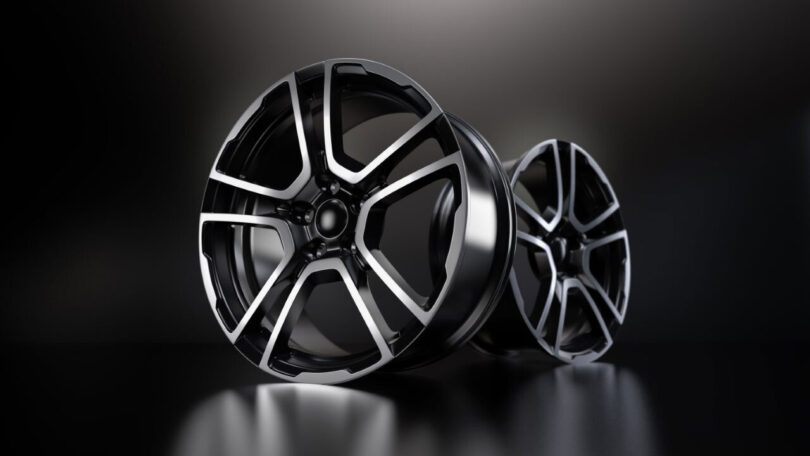Alloy wheels, prized for their aesthetic appeal and performance benefits, are a common upgrade for many vehicles. However, they are not immune to damage. One common issue is a buckle or bend, often caused by potholes, curbs, or road debris. Addressing a buckle in an alloy wheel is crucial to maintain vehicle safety, ride comfort, and tire longevity. Here’s a comprehensive guide on how to get a buckle out of an alloy wheel.
Assessing the Damage
Before attempting any repairs, it’s essential to assess the extent of the damage. Minor buckles can often be repaired, but severe bends or cracks may require professional intervention or even wheel replacement. Inspect the wheel for visible deformation, and if the damage is slight, proceed with the repair. For more significant damage, consult a specialist to avoid compromising the wheel’s structural integrity.
Tools and Materials Needed
To fix a minor buckle in an alloy wheel, you will need:
- A hydraulic jack
- Wheel chocks
- A rubber mallet
- A heat gun or blowtorch
- Protective gloves and eyewear
- A straightedge or level
- A workbench or a sturdy, flat surface
Safety First
Safety is paramount when working on your vehicle. Ensure the car is parked on a flat surface, apply the parking brake, and use wheel chocks to prevent movement. Always wear protective gloves and eyewear to shield yourself from potential injuries during the repair process.
Step-by-Step Repair Process
- Remove the Wheel:
- Use the hydraulic jack to lift the car and remove the wheel with the buckle. Refer to your vehicle’s manual for proper jacking points to avoid damage.
- Inspect the Wheel:
- Place the wheel on a flat surface or workbench. Use a straightedge or level to identify the exact location and extent of the buckle. Mark the bent area with chalk or a marker for easier reference.
- Apply Heat:
- Heat the buckled area using a heat gun or blowtorch. Alloy wheels are made of metals like aluminum or magnesium, which can be softened with heat, making them easier to bend back into shape. Apply heat evenly to avoid overheating and causing further damage. The metal should be warm but not glowing red.
- Straighten the Buckle:
- Once the area is heated, use the rubber mallet to gently tap the buckle back into place. Work slowly and carefully, applying gradual pressure. Avoid using excessive force, as this can crack the wheel or create additional bends. Check your progress frequently with the straightedge or level.
- Cool Down:
- After straightening, allow the wheel to cool naturally. Avoid rapid cooling methods like water, as this can cause thermal shock and further damage the alloy.
- Reinspect the Wheel:
- Once cooled, reinspect the wheel to ensure it is as close to its original shape as possible. Minor imperfections can often be balanced out during the tire mounting process.
Professional Help
For wheels with severe damage, or if you lack the necessary tools and experience, seeking professional help is advisable. Wheel repair specialists have the equipment and expertise to fix or replace alloy wheels safely. Many tire shops offer wheel straightening services, often using specialized machinery to correct more significant bends accurately.
Final Thoughts
While it is possible to fix minor buckles in alloy wheels at home, it requires patience, precision, and the right tools. Always prioritize safety and consider the severity of the damage before attempting repairs. By following these guidelines, you can restore the functionality and appearance of your alloy wheels, ensuring a smoother and safer driving experience.



